The journey of the Devgad Mango begins as a small twig cut out from the mother plant… like this…
It is then grafted on to a stem that has grown out of a mango seed of a sturdy variety…. like this… Some times one twig is planted into a combination of two stems from two seeds…
The graft is then tied up and wrapped with a plastic tape, neatly covering it from all sides, like below. It is similar to tying up a wound of a human being or an animal, and needs similar care.
It is planted into a plastic bag and put under intensive care for the next four years…
It is kept in the bag for some months and then planted into a tin-can until it grows to a height of about 5 feet till about the fourth year. Only three out of five survive till the fourth year. In the fourth year, the bags are cut out and the little tree is planted in the orchard. Only four out of five survive till the sixth year till they become like this…
Over the next three-four years, the tree needs good care, with regular pruning so that it grows sideways, equally all around, like this
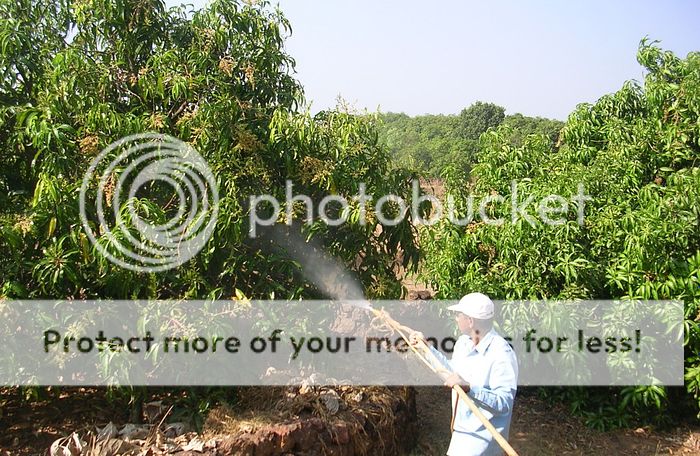
Around the end of the eight year, the tree starts to blossom, like this…
and this…

A Devgad Mango tree in full bloom looks like this…
It starts bearing good fruit since the ninth year. Since its a grafted tree and well maintained, you have fruits hanging between 0 to 25 feet from the ground, like this..
and this…
and this…
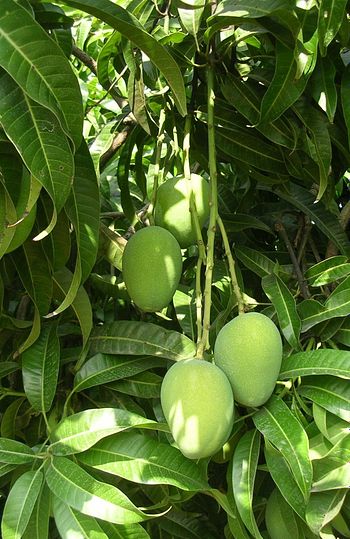
The maturity of a Devgad Mango is defined in India’s traditional ‘anna’ system of currency, where 16 annas make up a rupee. A ’16 anna Devgad Mango’ is a 100% mature mango. Devgad Alphonso fruits are harvested at 14 anna level of maturity, by expert harvesters, who have acquired, by experience, the skill of identifying mature fruits from distances that can go as long as 25 feet. The fruit is harvested using a tool called as ‘zela’ in the local language. It is a loose nylon-net basket held by metal ring, and attached to a bamboo pole. A sharp V-shaped cutting tool is at the front of the ring. The harvester, after identifying a mature fruit, holds the zela from one end and carefully raises its basket-end, till the fruit is lowered into the basket and its stem rests against the V-shaped cutting tool, at a point over 6-9 inches from the fruit. Then the harvester tugs at the zela in a specific and careful manner, which does not disturb other fruits held from the same branch, does not result in any pull for the branch and yet cuts the stem from which the fruit is held, ensuring that a significant part of the fruit stem is still intact with the fruit. The fruits are taken out, and laid into a crate and immediately moved into a cool, shady place so as to shield the fruits from sunlight and heat. The crates with harvested fruits look like this.

Some farmers take the harvested fruit crates to their homes and do the sorting there. For sorting at home, the crates are emptied on a paper bed, like this
And the good, marketable fruits are arranged in a neat line for observation over the next two days, like this…
Most farmers get the crates of harvested fruits directly to the co-operative society, where they are graded, sorted and the farmer is paid accordingly. When the farmers get their fruits to the society, they are first sorted in front of the farmer like this. The one sitting on the chair is the farmer.
In sorting, each fruit is manually checked for hit marks, bird fly stings, pest scrape marks, sap burns, and other anomalies. After sorting, the mangoes are graded according to their weights, like this.
Once graded, they are dipped into an anti fungal solution and then arranged into crates and covered from all sides with hay, and kept for ripening, like this…
If the weather is a bit bad, the crates are covered or if the weather is very bad, the crates are moved to a temperature-humidity controlled building, like this…
When the fruits show signs of yellowing over the next two to five days, they are taken out and packed in wooden crates like this…
this…
and this…
or into paper boxes like this…
And the fruit is dispatched to customer’s homes, either by ST parcel, or through a truck or tempo, or through relatives’ cars or bus or courier. It’s ripening process continues during the journey and becomes ready to eat in the next two to five days. A fully ripened, ready-to-eat Devgad Mango looks like this.

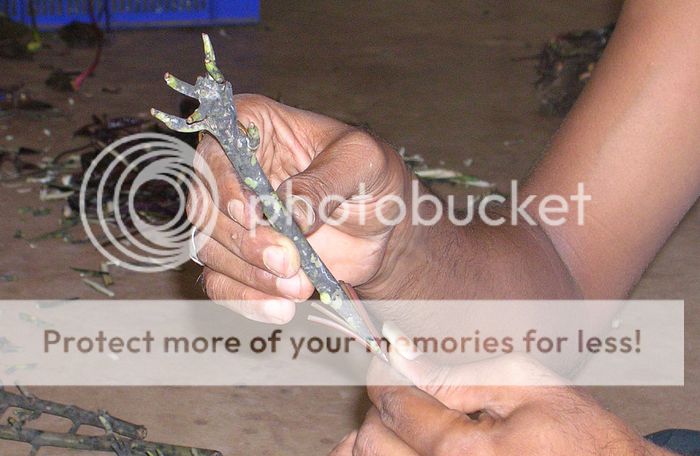
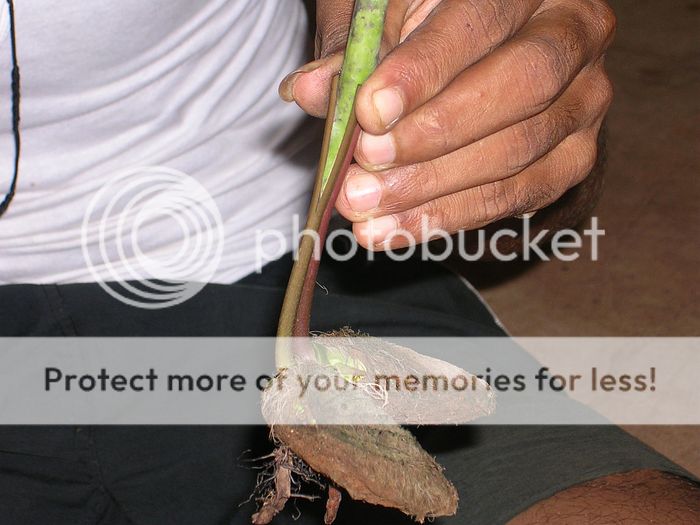

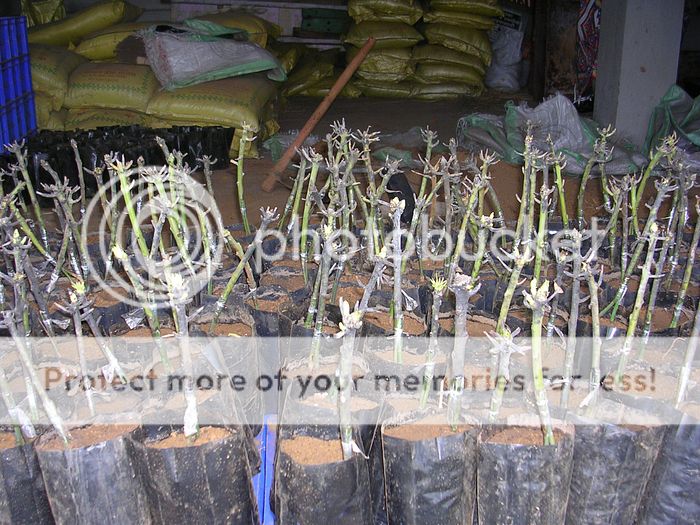

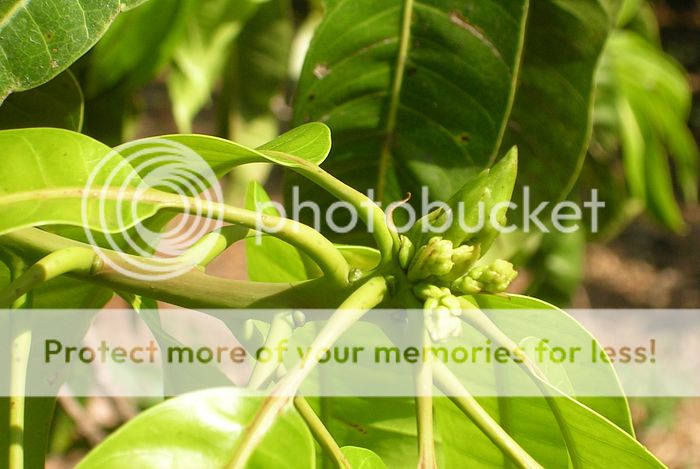

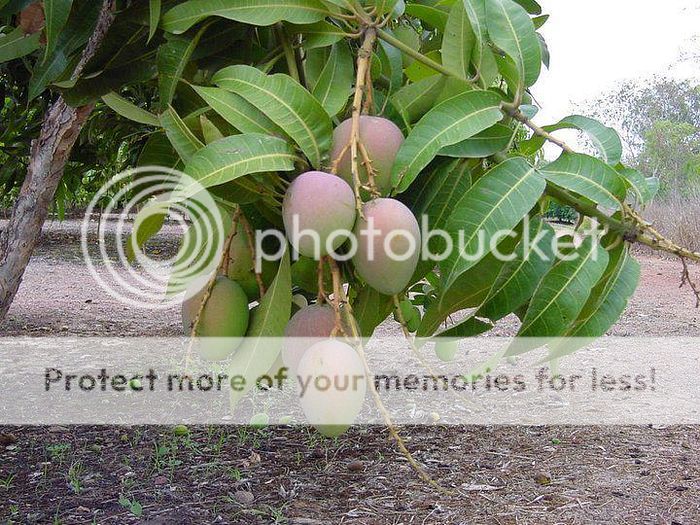
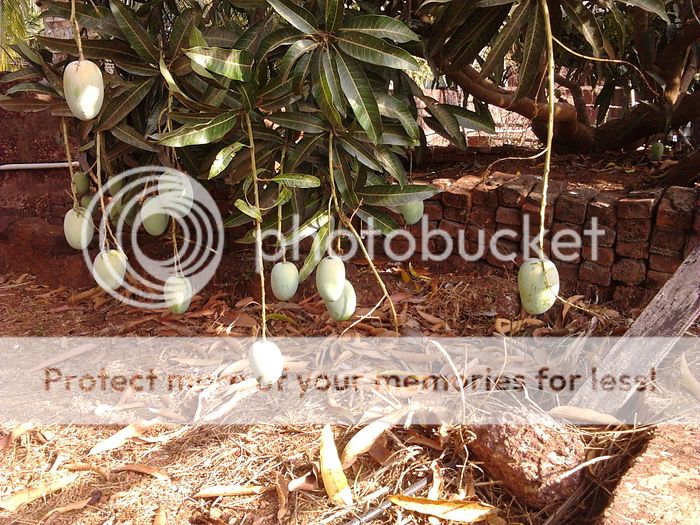
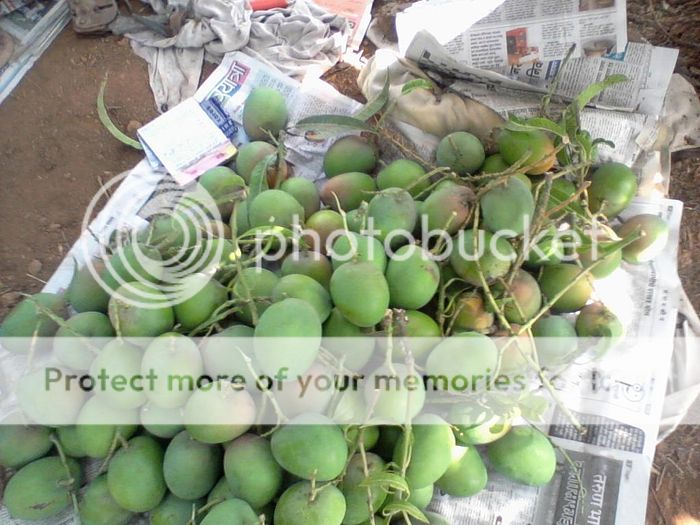

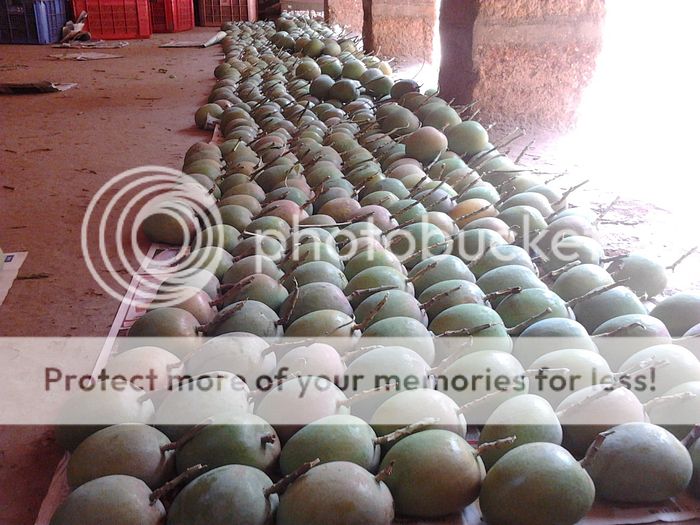
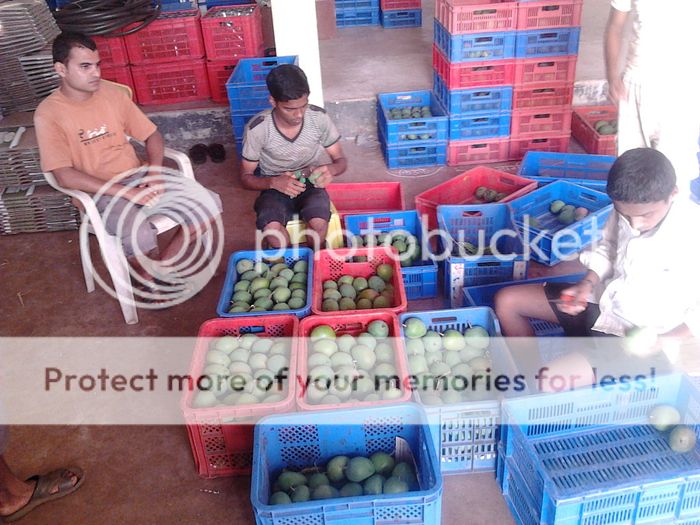
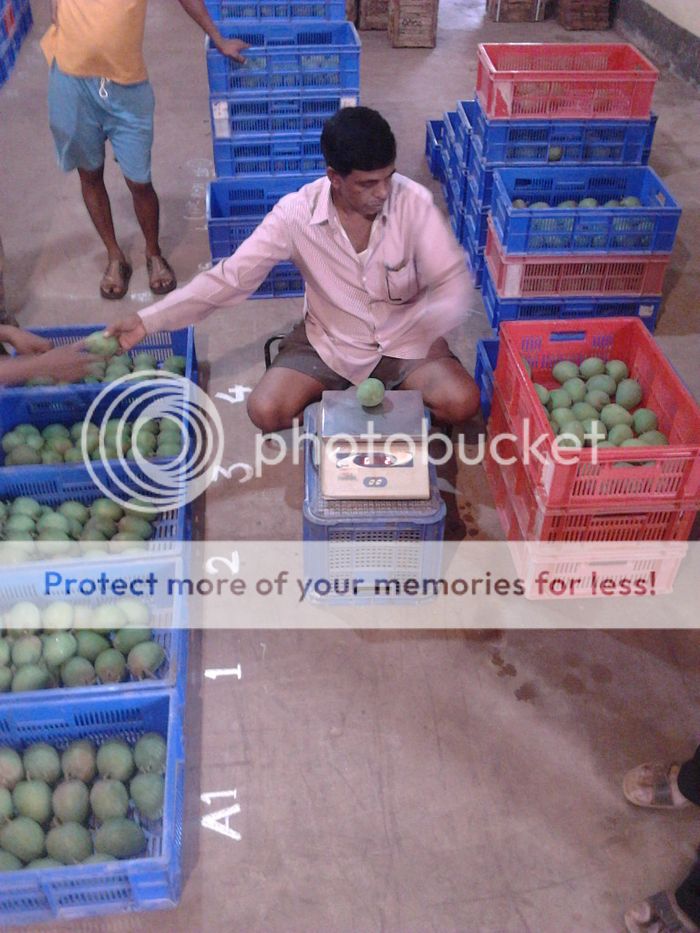
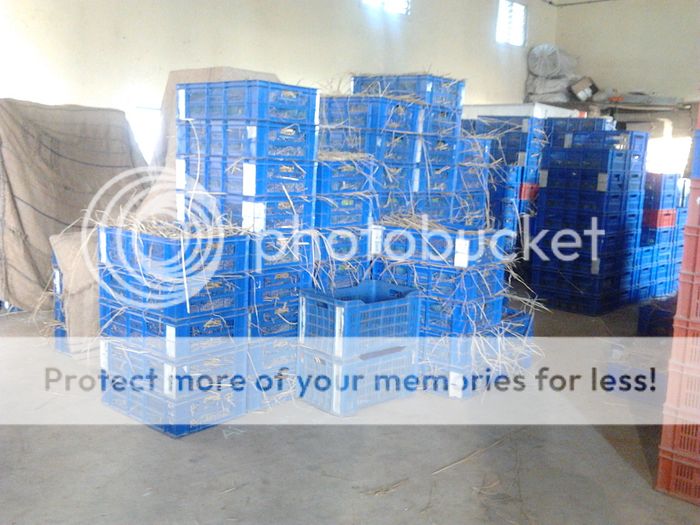

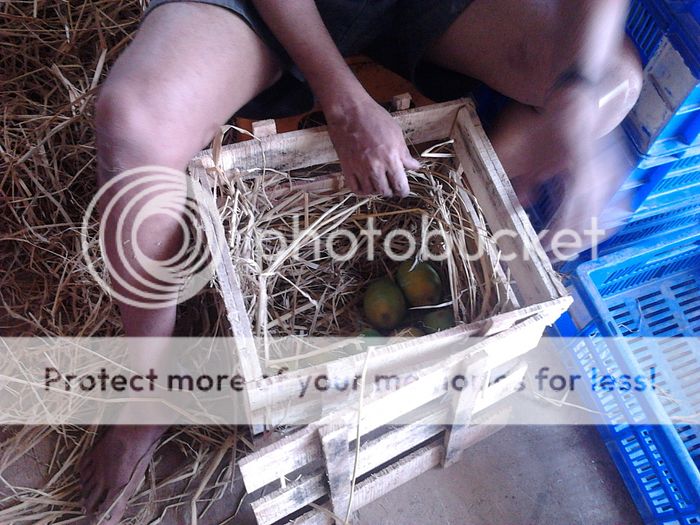
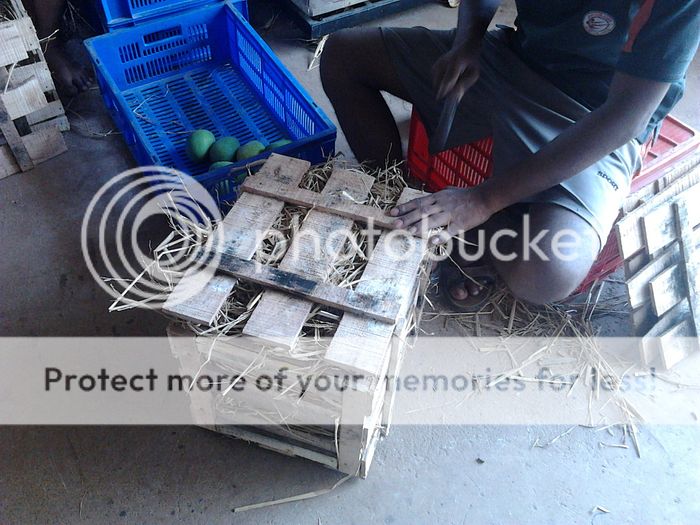

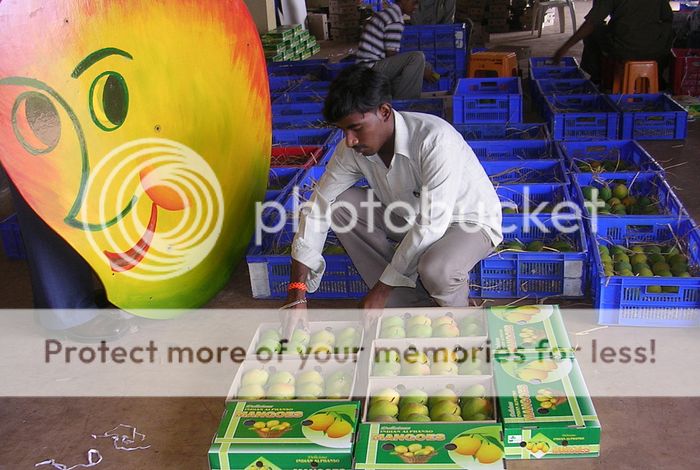
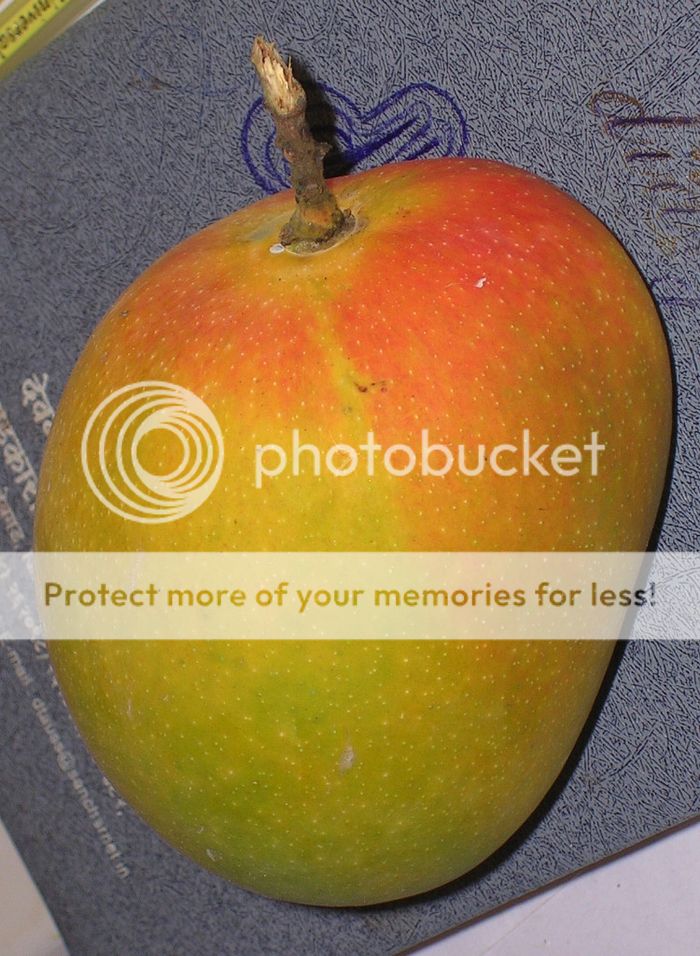




Devgad Mango
Thanks Vijay. Thanks Aniruddh. Yes, indeed ten years is a long long time, and a very hard journey all along
Aneja Raj
This is the best one I have heard in a while…..seriously!